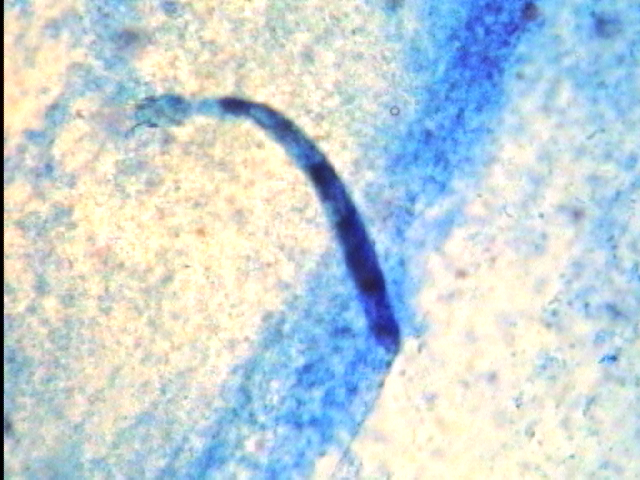Species Relationships: Symbiosis – Online Module
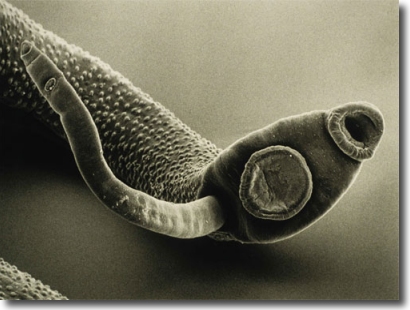
Classic Symbiotic Relationships – Mutualism, Commensalism and Parasitism
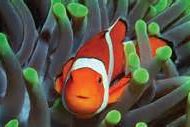 | 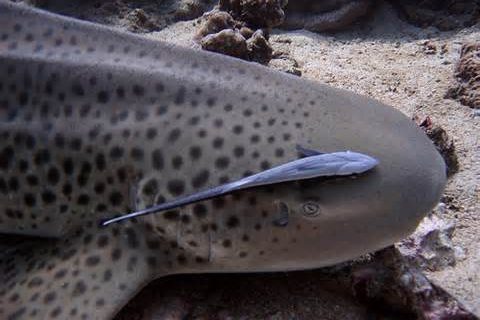 | 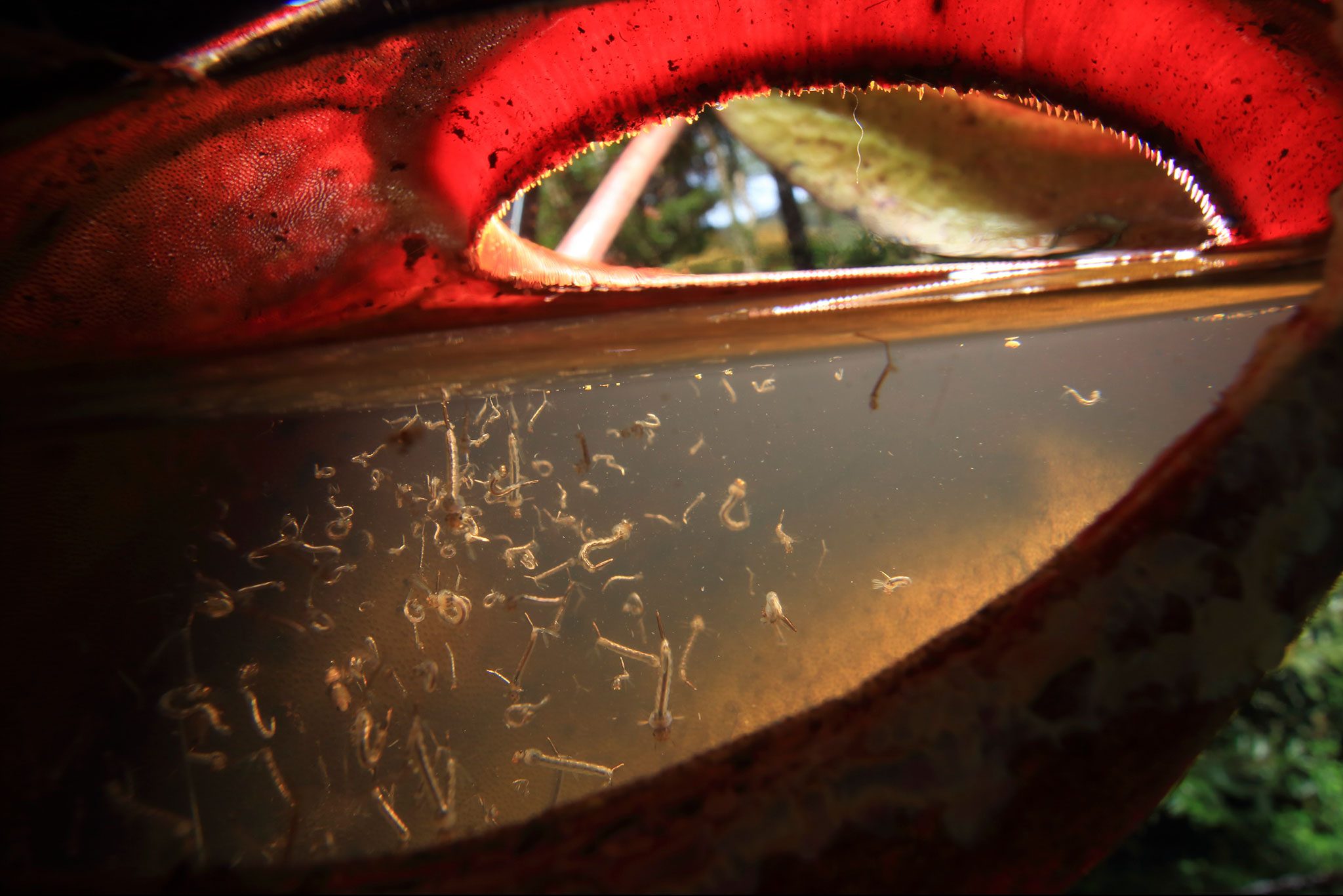 | 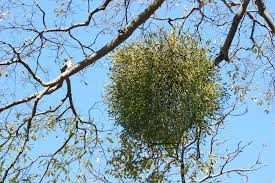 |
Common Terms
- Interspecific interactions: Interactions between organisms of different species (deer and cattle).
- Intraspecific interactions: Interactions between members of the same species (interactions within a deer population).
- Mutualism: a relationship between two species of organisms in which both benefit from the association.
- Commensalism: A symbiotic relationship between two organisms of different species in which one derives some benefit while the other is unaffected.
- Parasitism: A symbiotic relationship in which one organism (the parasite) benefits and the other (the host) is harmed. Parasites derive nutrition from their host and may also gain other benefits such as shelter and a habitat in which to grow and reproduce.
- Endoparasites: A parasite, such as a tapeworm, that lives within another organism.
- Ectoparasites: A parasite, such as a flea, that lives on the exterior of another organism
Last week in lab we looked at Lichens – Read some current news:
What’s in a Lichen? How Scientists Got it Wrong for 150 years.
Mutualism in Some Carnivorous Plants
Carnivorous Plants: the meat-eaters of the plant world(opens in new window) – wonderful pictures
Reminder – we have shifted the Lab 7 Post-Lab assignment (Fungi and Invertebrate Scavenger Hunt) and the Fungal & Invertebrate Webquest to be due at the start of lab this week.
Instructions: Before you get started, read the Lab Unit (pp. 127-134). You will complete Activity One -Three In-Lab this week. Activity Four will be a Post-Lab Assignment for you to fill out individually.
Activity One: Plants and Pollinators
- Review the lab manual pages, pp. 130-132, and use the information below to learn about pollination strategies:
- Video describing various Pollination: Trading Food for Fertilization.
- Flower Traits Slide Show
- Match Flower and Pollinator
- Find and take pictures of five different flowers to complete Table 8-2. There are still many early flowering plants outside in November in NC. If you cannot find flowers easily, try local flower shops, plant nurseries, grocery stores, search your cell phone pictures, etc. You will not get credit if you take your pictures off the internet. Use Table 8-1 to help you with your predictions. Make a presentation of your flowers, pollinators, and information on how and why these associations exist using Google Slides, Microsoft Office PPT, or any other presentation tool. This will be your Pre-Lab Assignment and will help you build skills for your final Experimental Design Project presentation. Turn your presentation in on Moodle before the start of lab.
- Be sure to add the following to your slide for each flower: Name (common and scientific), the predicted pollinators, and supporting information to justify your prediction.
- Review the Links below for additional information on pollination and to help you with the Post-Lab Assignment.
Additional Information on Symbiotic Pollination Strategies
- Sexual Encounters of the Floral Kind(opens in new window) – includes some very cool and unique strategies (though not the best video quality).
- The Fig Wasp and Fig Fruit(opens in new window) – Short video showing the life cycle, narrated by David Attenborough
- NCSU Researcher studying Insect/Butterfly Wings Key to Flame Azalea Pollination(opens in new window)
- NCSU Researcher studying 4 of North Carolina’s Oddest Pollinators (They Aren’t Bees)(opens in new window)
- NCSU Researchers studying Climate Change and Critical Pollinators(opens in new window) (Sept 2017)
- NCSU Pollinators Welcome Here(opens in new window)
- Virtual Tours of the Pollinator Paradise Garden(opens in new window) in Pittsboro NC
- Moths Work the Pollination Night Shift (opens in new window) – short Smithsonian article
- UV Photography and flowers – National Geographic(opens in new window)
- Hemp Fields Offer a Late Season Pollen Source for Stressed Bees(opens in new window) (usually wind pollinated)
- A Brazilian tree that rains nectar to attract bat pollinators(opens in new window)
- Sunflowers’ Bee-Attracting Ultraviolet Also Helps Retain Moisture(opens in new window)
Activities Two & Three: Symbiosis in Termites & Bacteria and Protists in the Rumen
Endosymbiotic Relationships – What do termites and cows have in common?
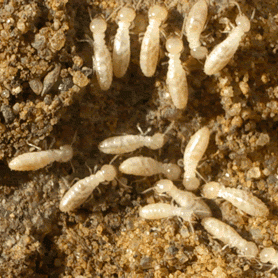 | 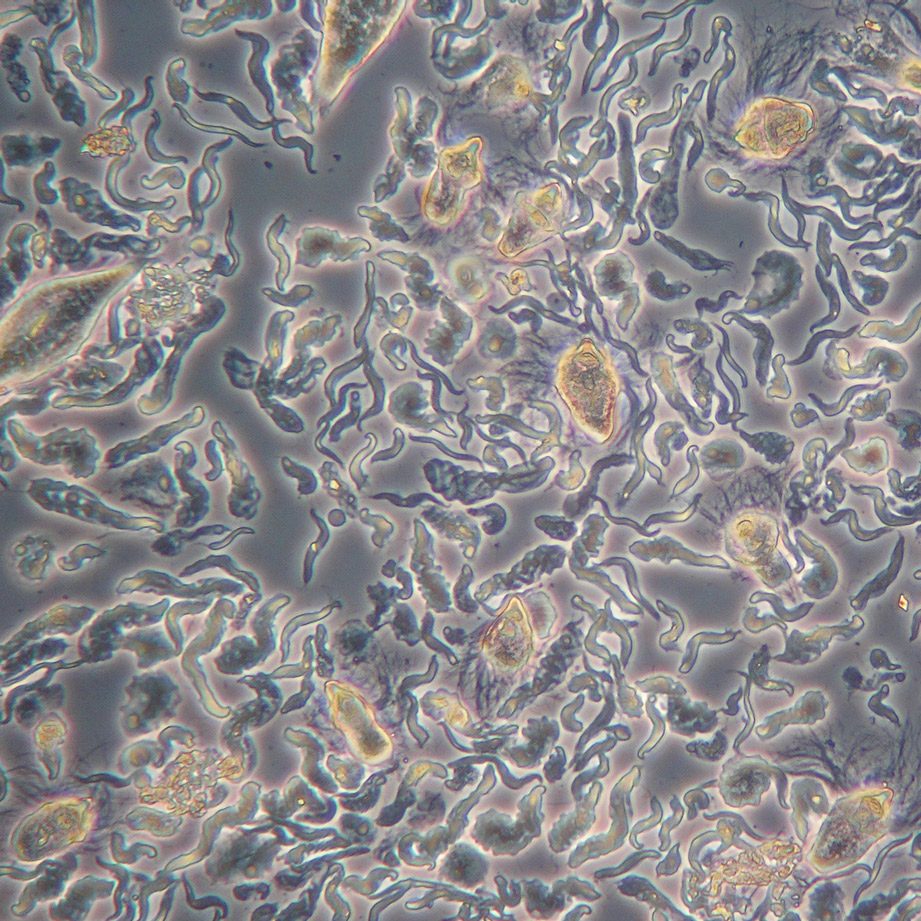 |
- Review the lab manual pages, 133 & 134 and view the following:
- Termite Gut Microbes – short video clip.
- Termite Gut Microbes – images of a variety of microbes Univ. of Conn. research lab.
- Microbial Symbiosis in Cow Rumen – ppt
- Cow rumen fluid – videoclip
- Pandas – another example of the importance of bacteria endosymbiosis(opens in new window) – Short article about the bacteria found in Panda feces and inserting them into yeast to increase biofuel efficiency. You will learn more about this technology in BIO 183 labs.
- Draw a few of the endosymbionts that you see in your lab manual (p. 133 and 134). Be sure to label if these are from the termite slide or the rumen fluid.
- You will need to include pictures of these sketches in the provided In-Lab assignment.
- Answer the questions and provide jpg or pdf pictures of your endosymbiont drawings of the symbionts on the attached In-Lab Worksheet. These questions encompass informations from Activities One – Three.
- This is individual work and your answers should be written in your own words and not copied from the lab manual or the internet.
- Upload your completed In-Lab Worksheet as a pdf in Moodle.
Activity Four: Introduction to Parasites
- To further your knowledge of biodiversity, you will become experts in one group of endoparasites and one group of ectoparasites. See Table 8-3. to view the different groups. Click the Parasite Webquest Activity and Assignment box below.
- Groups will follow a series of weblinks and once again construct and present their work to the class.
Activity Four: Introduction to Parasites – online make up -individual presentation
- To further your knowledge of biodiversity, your Lab Group will become experts in 2 groups of Endoparasites and 2 groups of Ectoparasites. You will do this completely outside of lab.
- Refer to page 135 in your lab manual to see all of the parasite groups we will be studying. Your TA may assign you to 2 groups OR they may let you seclect your own 2 groups (see Table 8-3 in your lab manual). Seven of these groups were represented in the Invertebrate Phyla studied last week in lab (Unit 7 Fungi Invertebrate lab). Which groups? What Phyla do they belong in?
- Click the Parasite Webquest Activity and Assignment yellow box below. Explore 2 different Groups by following the series of weblinks within your assigned groups. Click as many of the links that you can to help you find pertinent information needed in your presentation.
- Your TA will provide you with a Google Slides Template to prompt you for the required information.
- Once complete, upload your Google slides presentation on Moodle.
Activity Five: Examining Fish for Parasites (p. 142-148) – not done in Fall 2022
- Fish parasites with Mike Rowe (Dirty Jobs) and Dr. Rob Dunn (NCSU Applied Ecology Dept.) (1:57)
- FYI – Extended episode – “World’s Dirtiest Man” with Mike Rowe and Dr. Rob Dunn (41:30). Full episode not currently available for free viewing.
External Anatomy
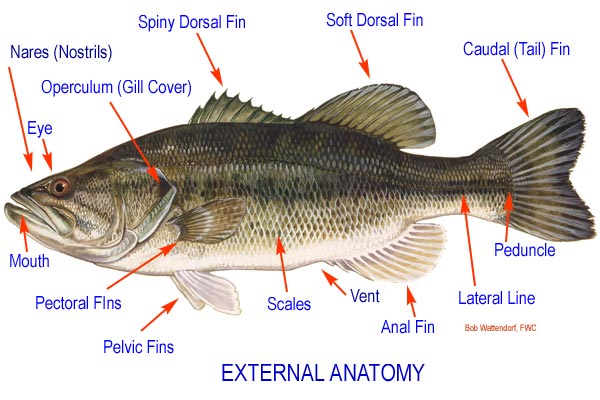
Internal Anatomy
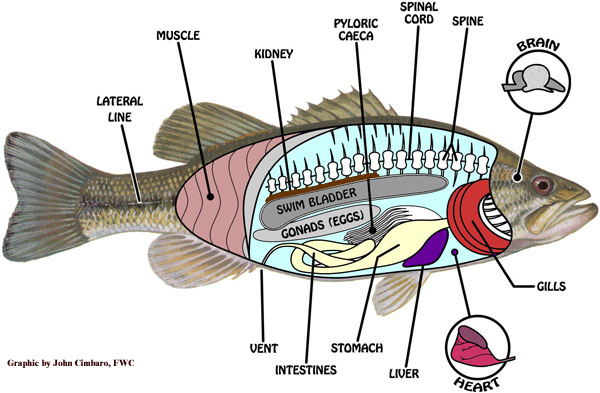
Common Fish Parasites/Diseases
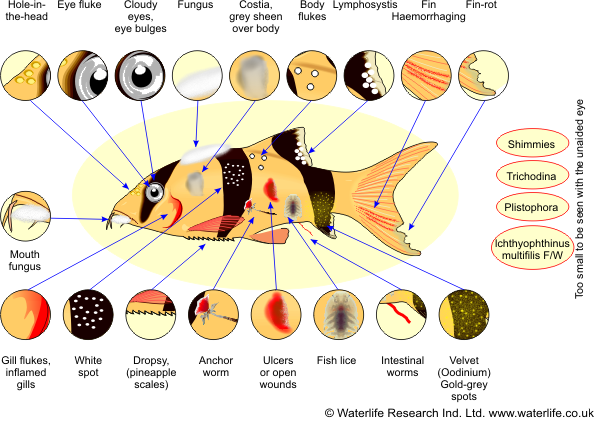
Fish Parasites Collected in Lab
Fish Liver Flukes (metacercaria stage of life cycle–top four images):
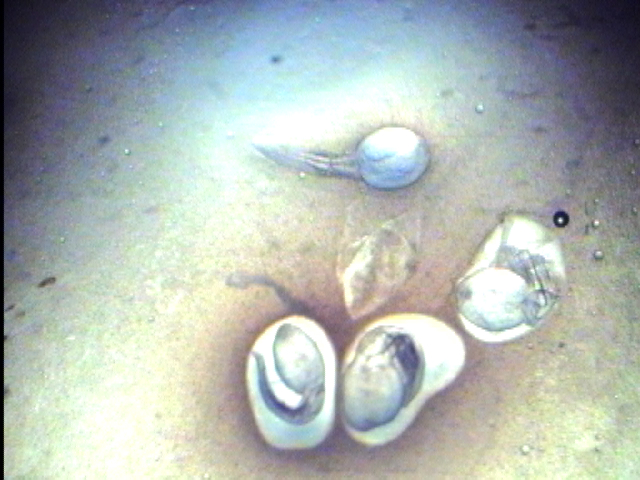
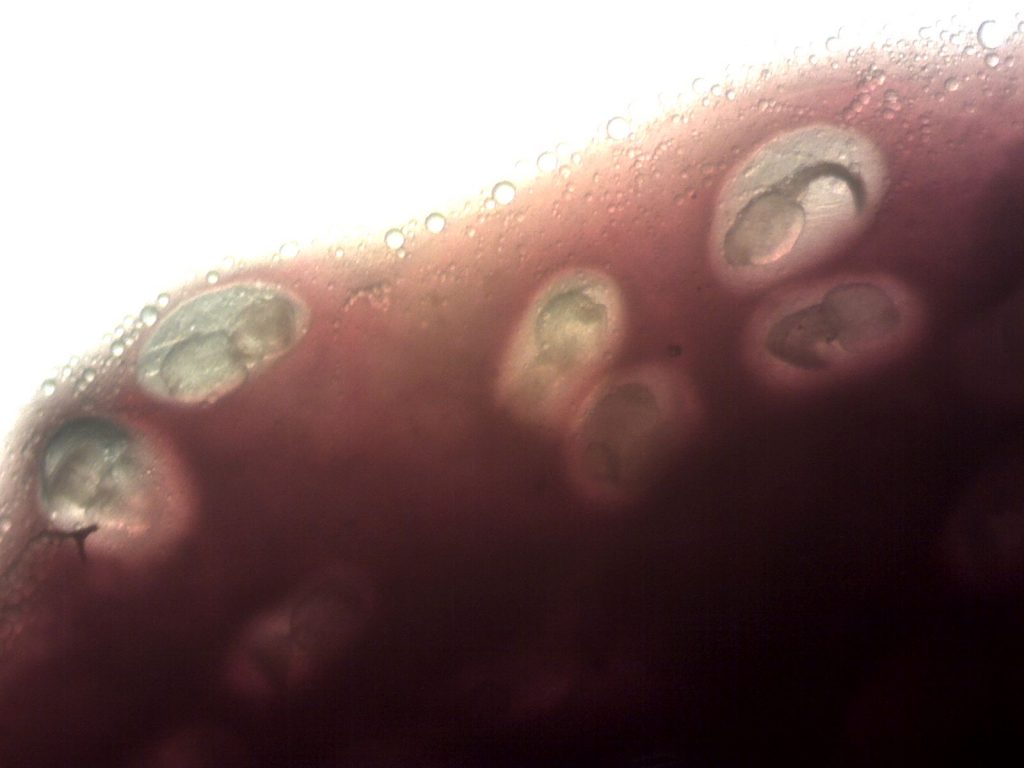
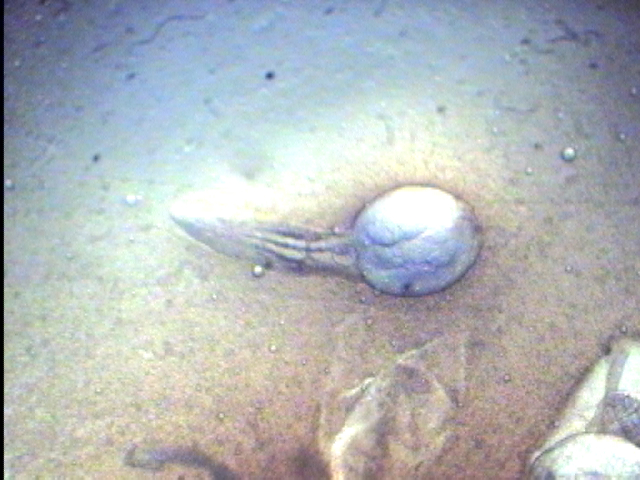
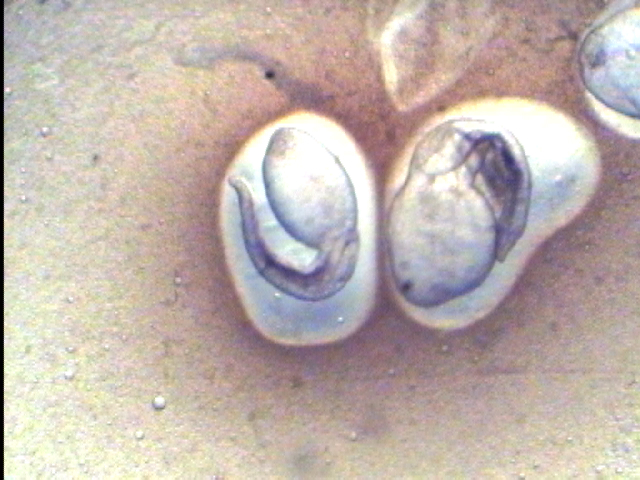
Flukes below were found growing on an infected fish heart (metacercaria stage):
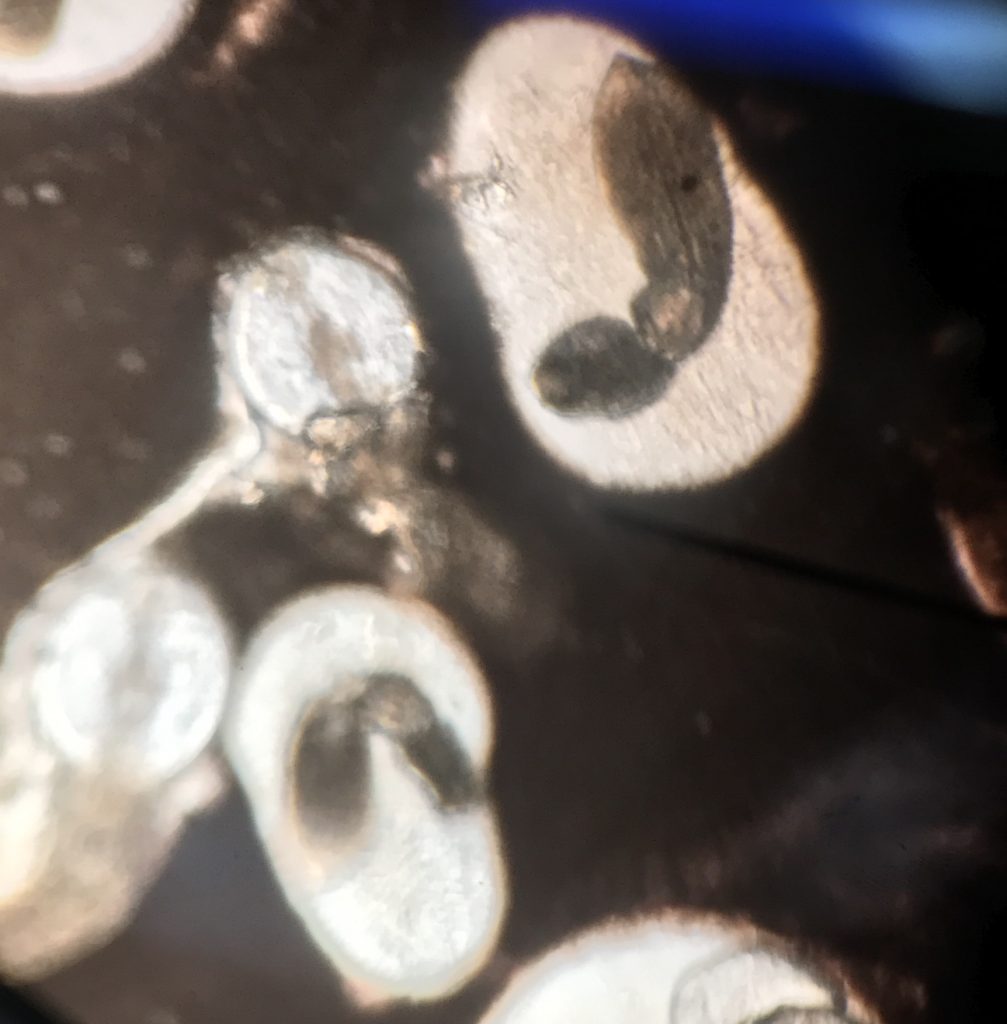
Large cluster of Liver Flukes visible to the naked eye: (from section 001F Spring 2019)
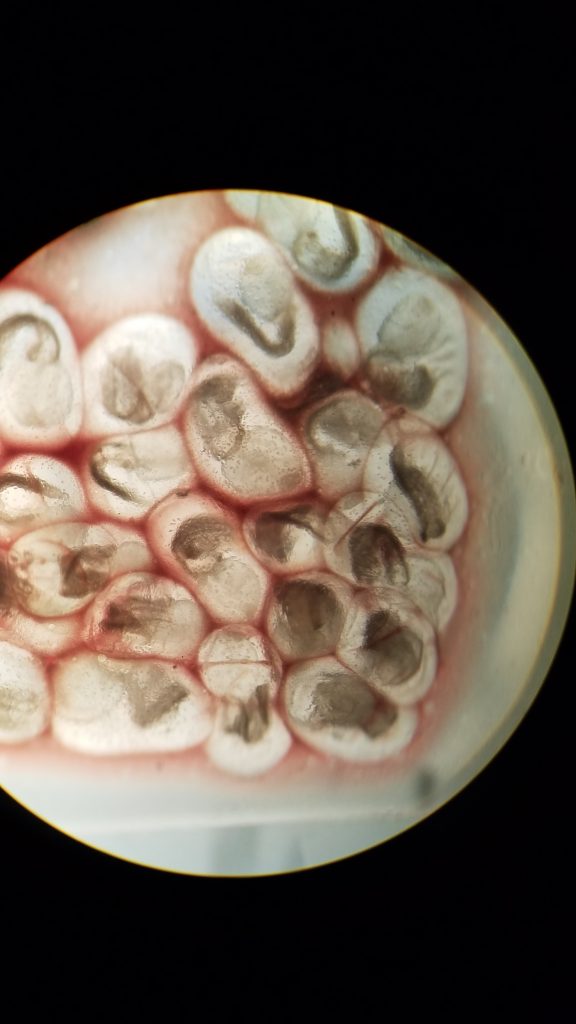
Nematode worm from fish intestines:
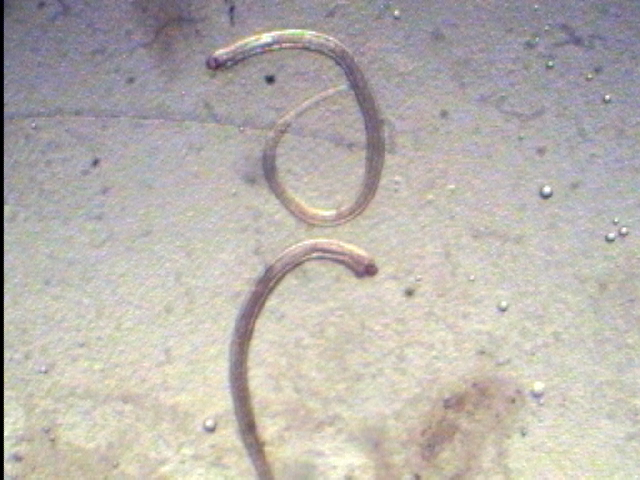
Acanthocephalus worm from fish mouth scraping:
